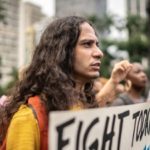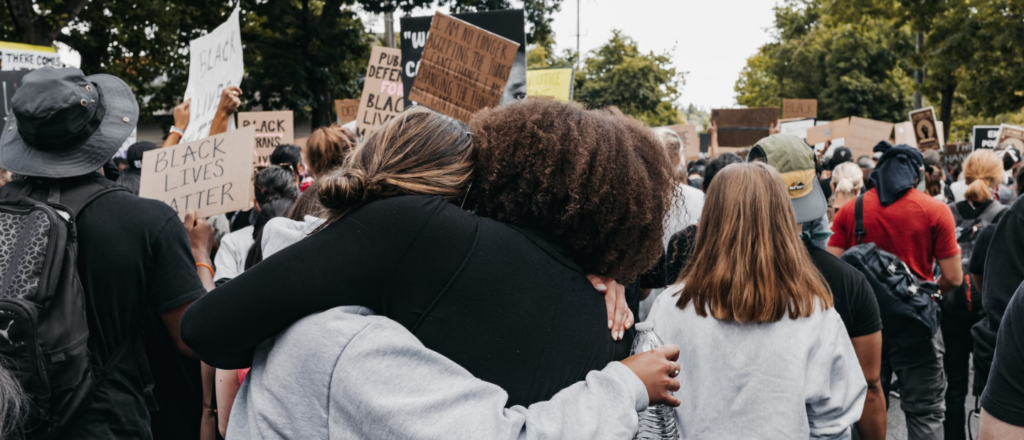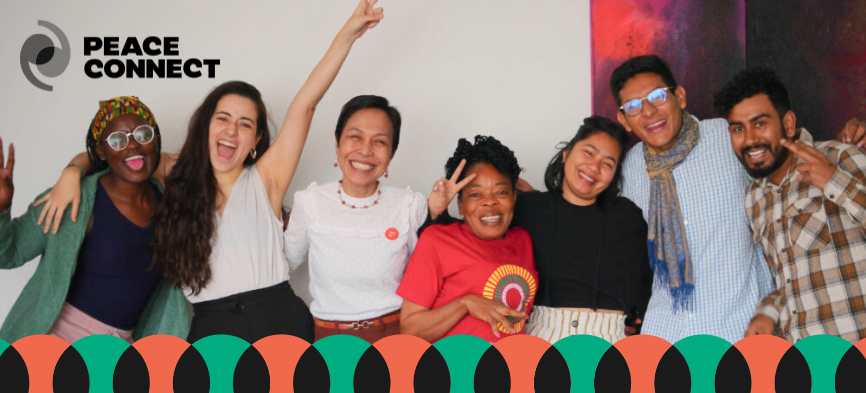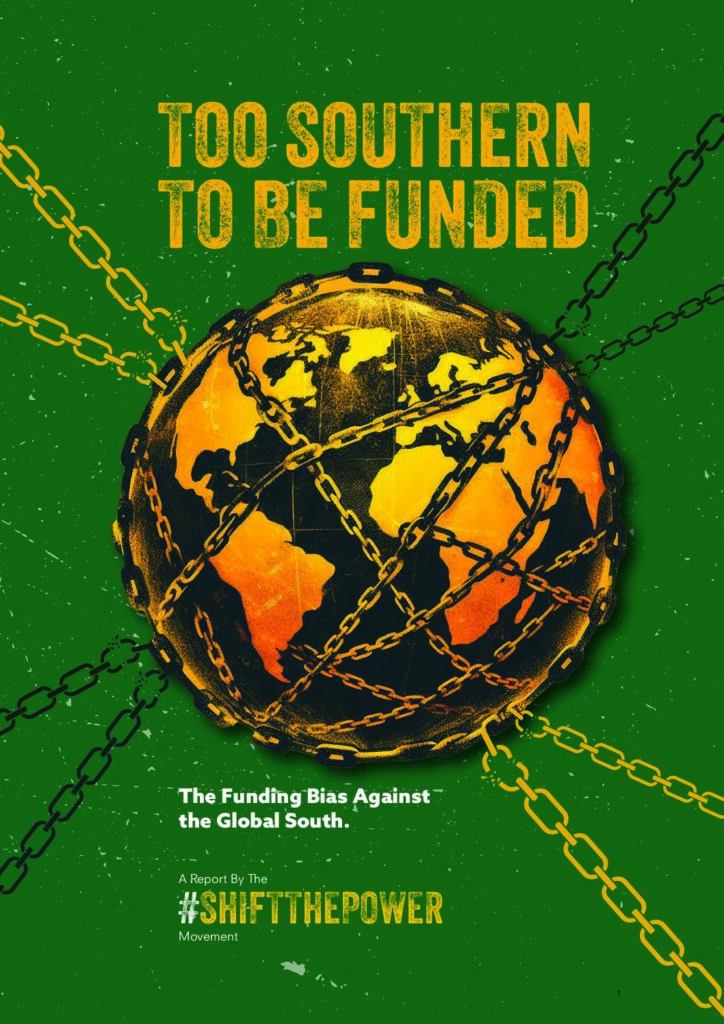Positive peace recognizes that the agency of local actors is vital for achieving outcomes that are just and sustainable. Such a re-think of U.S. security calls for renovated approaches and courageous funding that features greater flexibility and autonomy for local implementers.
Instead, however, U.S. foreign policy is characterized by the othering of non-American populations, especially non-white ones, and a belief that U.S. global leadership is both necessary and globally beneficial. U.S. strategy continues to center a militaristic approach above all else. Reporting, for example, about China, Russia, and Iran—and, by extension Chinese, Russian, and Iranian people—continues to be dehumanizing and uncomfortably reminiscent of colonial-era language, featuring them most often as threats to American security. U.S. strategy remains rooted in White supremacist notions that demonize non-white governments and insist that only through force will our own population be secure.
Despite our outsized spending, it is doubtful whether a strategy rooted in those ideals is making Americans safer. According to a report by the Cato Institute, the total number of terror attacks globally at the start of the War on Terror was 1,880. By 2015, the number reached over 14,800. Conversely, in 2020, the level of global peacefulness . This is the ninth overall global deterioration in peacefulness in the last 12 years.
We have focused on extinguishing the threat posed by “the other,” but have failed to accomplish peace. Our current foreign policy strategy is not making us safer, and our government is increasingly aware of that. Deputy Secretary of Defense Kathleen Hicks has said that “a budget is about priorities, and we continue to overinvest in defense.” For foreign policy to accomplish its aims of keeping the U.S. population safe, it should begin to reframe its global peace efforts as an integral pillar in security strategy.
As we invite an expansion of our conceptualization of security to include peacebuilding, we have to consider how to ensure we are working towards a positive peace. Current practices position U.S. peacebuilders as leads, relegating the local communities they serve to the sidelines, or the recipients of services. Peace Direct’s research has long shown that peace-building efforts that are led by local communities have more buy-in, are more sustainable, and most importantly, are most impactful.













